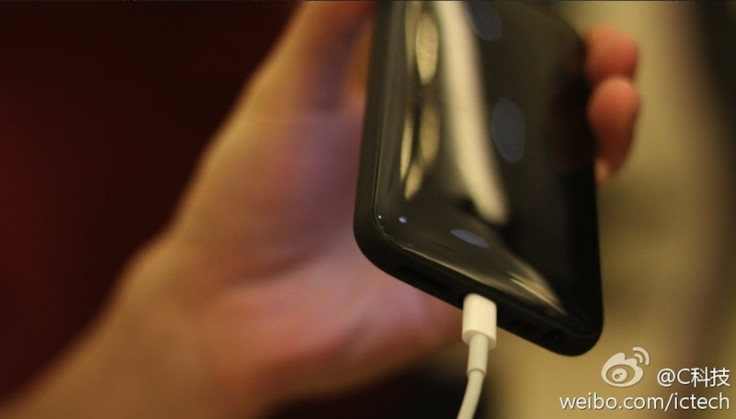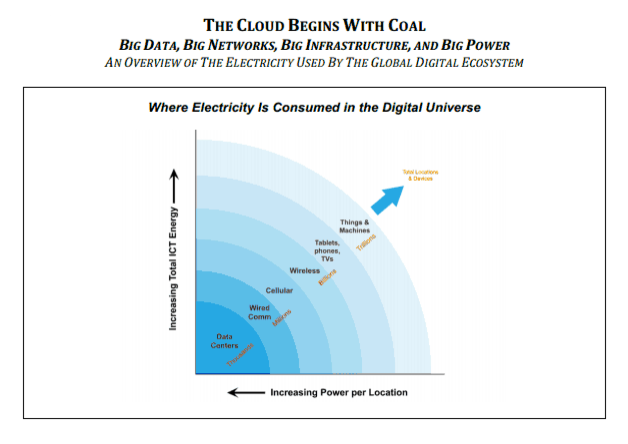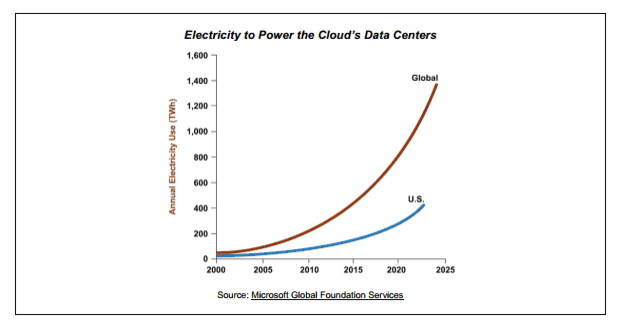Apple iPhone Uses More Energy Than A Refrigerator? Report Examines Environmental Impact Of Global Tech Ecosystem

A new report examining the electricity that powers the global digital ecosystem shows that an Apple iPhone uses more energy in a year than a refrigerator.
According to Mark Mills, CEO of the Digital Power Group and author of the report titled “The Cloud Begins With Coal,” an average iPhone uses about 361 kilowatt-hours each year after factoring wireless connections, data usage and battery charging. A medium-sized refrigerator with an Energy Star rating only uses about 322 KWh a year.
Smartphones and tablets require a negligible amount of energy to charge, but watching an hour of video each week for an entire year requires more total energy than two refrigerators. The true culprits aren’t the devices, but the stuff running in the background that supports wireless connections that are always on.

There are computers and servers that run 24 hours a day, seven days a week. There is the air conditioning systems needed to keep the servers cool. There are manufacturing centers to build the devices, and nonstop electricity to power to broadband networks.
The report finds that the global Information-Communications-Technologies (ICT) ecosystem uses a total of 1,500 terawatt-hours of power every year. This is equal to the total electricity generated by Japan and Germany combined, and as much electricity used to light up the entire world in 1985. ICT consumes about 10 percent of all electricity generated in the world.
“As the world continues to electrify, migrating towards one refrigerator per household, it also evolves towards several smartphones and equivalent per person,” Mills wrote in the report. What’s more is that mobile Internet and cloud computing require more energy than wired networks. “Trends now promise faster, not slower, growth in ICT energy use.”
He refers to the fact that we not only have more devices, but that the devices continue to demand more energy as they get more powerful.

All of this adds to a carbon footprint that continues to grow in size. Coal is still the largest source of electricity in the U.S., and the report, which was funded by the National Mining Association and the American Coalition for Clean Coal Electricity, argues that coal is essential to powering the ICT ecosystem.
Innovations in smart grids and a push for clean energy will certainly help. But unless the tech industry starts highlighting energy efficiency as a selling point for its products, the pollution cloud will continue to grow with the data cloud.
© Copyright IBTimes 2025. All rights reserved.






















